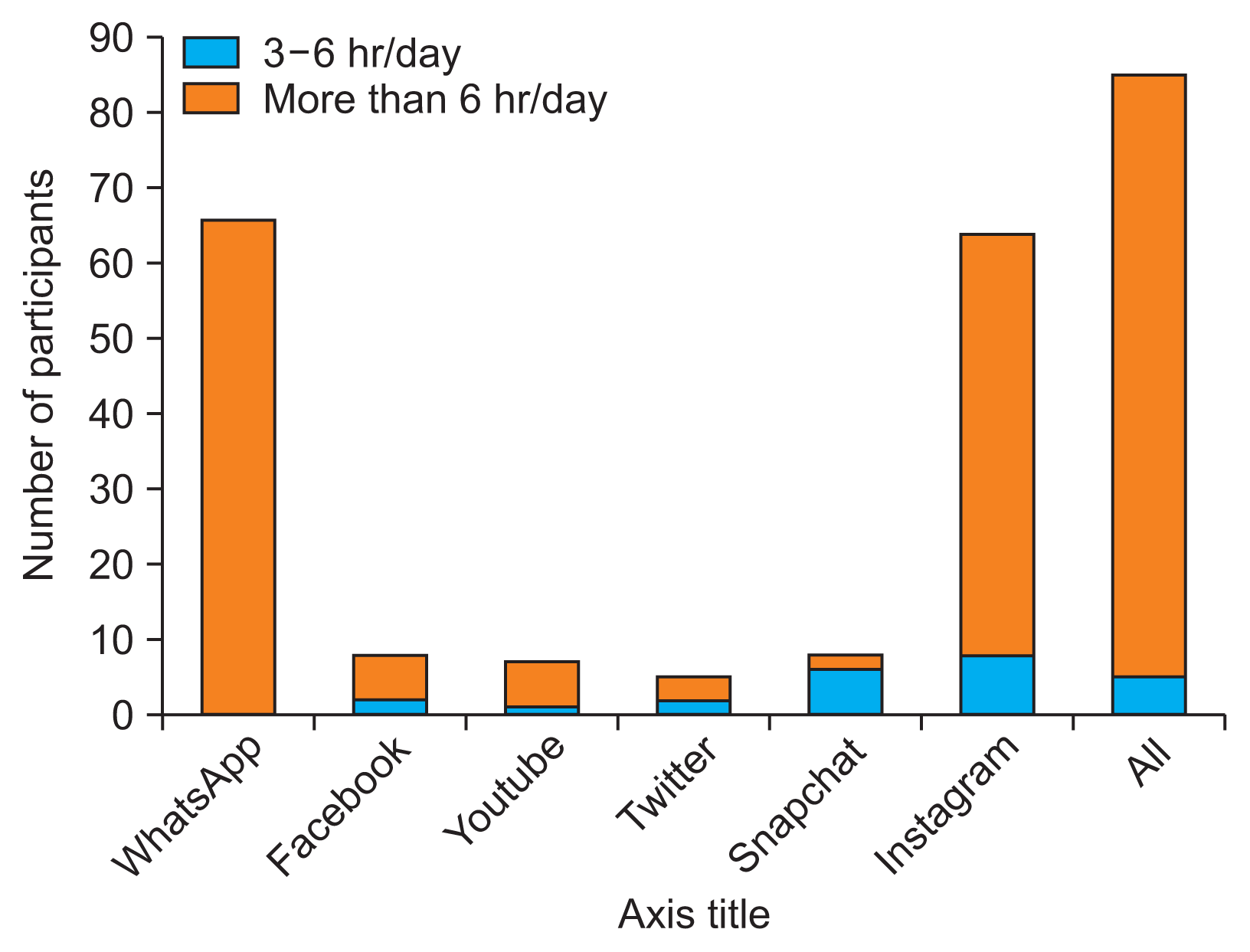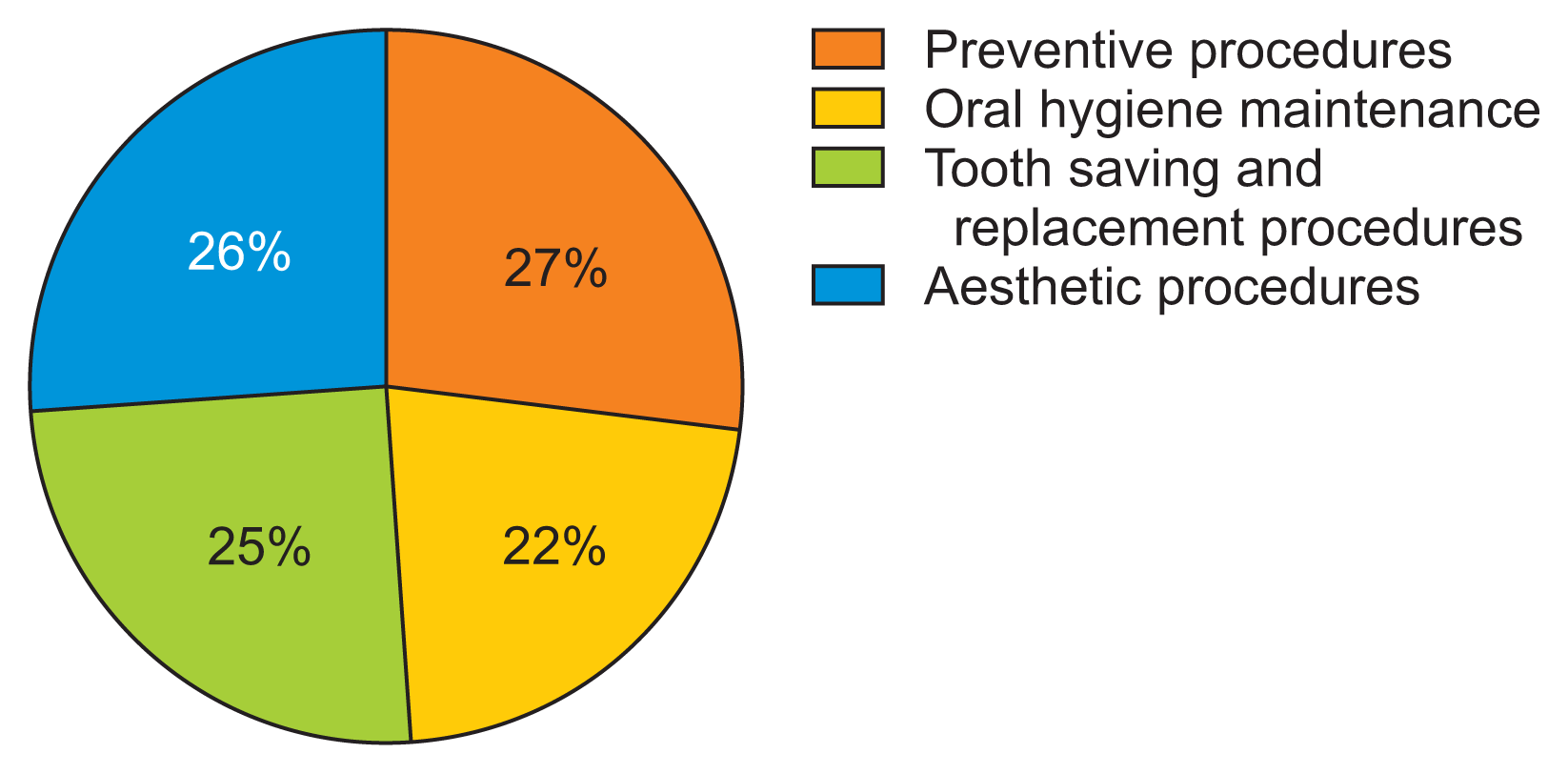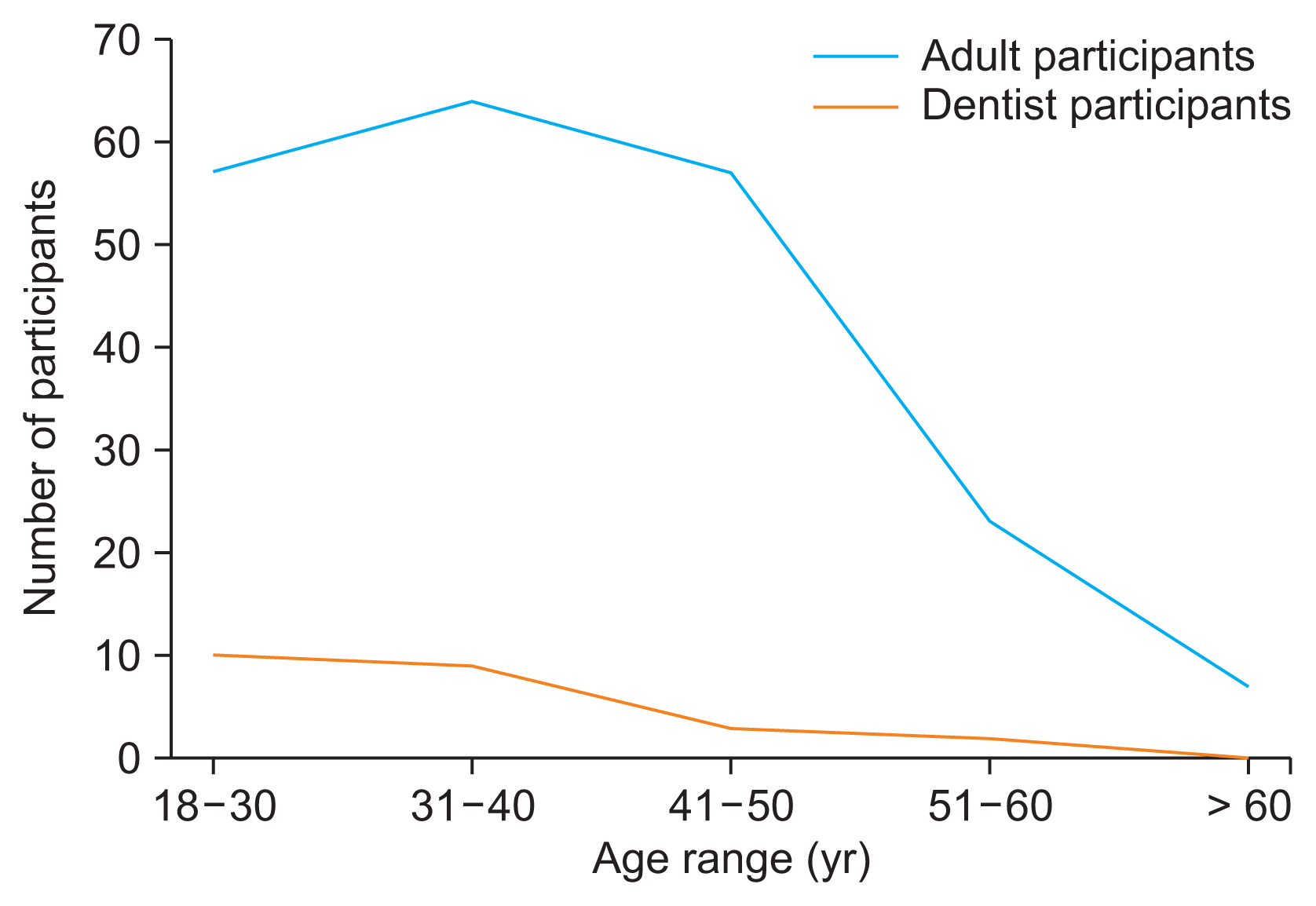1. Moorhead SA, Hazlett DE, Harrison L, Carroll JK, Irwin A, Hoving C. A new dimension of health care: systematic review of the uses, benefits, and limitations of social media for health communication. J Med Internet Res. 2013; 15(4):e85.
https://doi.org/10.2196/jmir.1933
.
2. Bahabri RH, Zaidan AB. The impact of social media on dental practice promotion and professionalism amongst general dental practitioners and specialists in KSA. J Taibah Univ Med Sci. 2021; 16(3):456–60.
https://doi.org/10.1016/j.jtumed.2020.12.017
.
3. Melkers J, Hicks D, Rosenblum S, Isett KR, Elliott J. Dental Blogs, Podcasts, and associated social media: descriptive mapping and analysis. J Med Internet Res. 2017; 19(7):e269.
https://doi.org/10.2196/jmir.7868
.
5. Afful-Dadzie E, Afful-Dadzie A, Egala SB. Social media in health communication: a literature review of information quality. Health Inf Manag. 2021; Apr. 4. [Epub].
https://doi.org/10.1177/1833358321992683
.
6. Salim NA, Jubair F, Hassona YM, Izriqi S, Al-Fuqaha’a D. Esthetic dentistry on Twitter: benefits and dangers. Int J Dent. 2021; 2021:5077886.
https://doi.org/10.1155/2021/5077886
.
7. Abu-Ghazaleh S, Hassona Y, Hattar S. Dental trauma in social media-analysis of Facebook content and public engagement. Dent Traumatol. 2018; 34(6):394–400.
https://doi.org/10.1111/edt.12429
.
8. Bastani P, Bahrami MA. COVID-19 related misinformation on social media: a qualitative study from Iran. J Med Internet Res. 2020; Apr. 5. [Epub].
https://doi.org/10.2196/18932
.
10. Dadaczynski K, Okan O, Messer M, Leung AY, Rosario R, Darlington E, et al. Digital health literacy and web-based information-seeking behaviors of university students in Germany during the COVID-19 pandemic: cross-sectional survey study. J Med Internet Res. 2021; 23(1):e24097.
https://doi.org/10.2196/24097
.
11. Meppelink CS, van Weert JC, Brosius A, Smit EG. Dutch health websites and their ability to inform people with low health literacy. Patient Educ Couns. 2017; 100(11):2012–9.
https://doi.org/10.1016/j.pec.2017.06.012
.
13. Vukusic Rukavina T, Viskic J, Machala Poplasen L, Relic D, Marelic M, Jokic D, et al. Dangers and benefits of social media on e-professionalism of health care professionals: scoping review. J Med Internet Res. 2021; 23(11):e25770.
https://doi.org/10.2196/25770
.
14. Rosenberg H, Syed S, Rezaie S. The Twitter pandemic: the critical role of Twitter in the dissemination of medical information and misinformation during the COVID-19 pandemic. CJEM. 2020; 22(4):418–21.
https://doi.org/10.1017/cem.2020.361
.
15. Uma E, Nieminen P, Mani SA, John J, Haapanen E, Laitala ML, et al. Social media usage among dental undergraduate students: a comparative study. Healthcare (Basel). 2021; 9(11):1408.
https://doi.org/10.3390/healthcare9111408
.
16. Silva PG, de Oliveira CA, Borges MM, Moreira DM, Alencar PN, Avelar RL, et al. Distance learning during social seclusion by COVID-19: improving the quality of life of undergraduate dentistry students. Eur J Dent Educ. 2021; 25(1):124–34.
https://doi.org/10.1111/eje.12583
.
20. Parmar N, Dong L, Eisingerich AB. Connecting with your dentist on Facebook: patients’ and dentists’ attitudes towards social media usage in dentistry. J Med Internet Res. 2018; 20(6):e10109.
https://doi.org/10.2196/10109
.
21. Sivrikaya EC, Yilmaz O, Sivrikaya P. Dentist-patient communication on dental anxiety using the social media: a randomized controlled trial. Scand J Psychol. 2021; 62(6):780–6.
https://doi.org/10.1111/sjop.12769
.




 PDF
PDF Citation
Citation Print
Print






 XML Download
XML Download